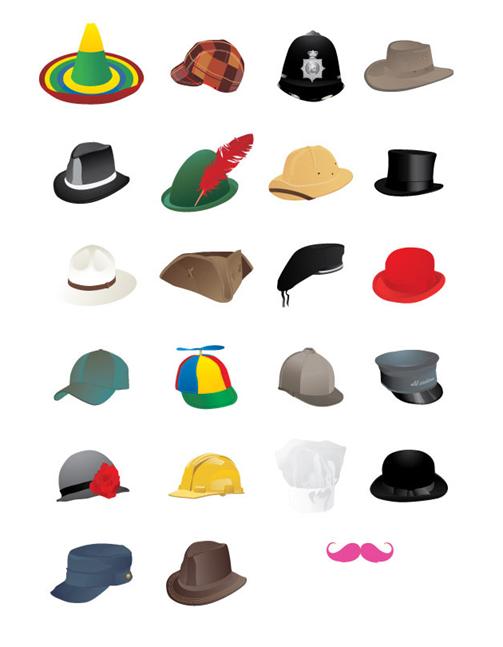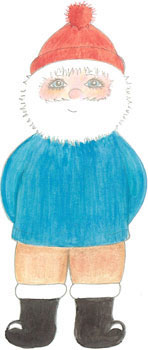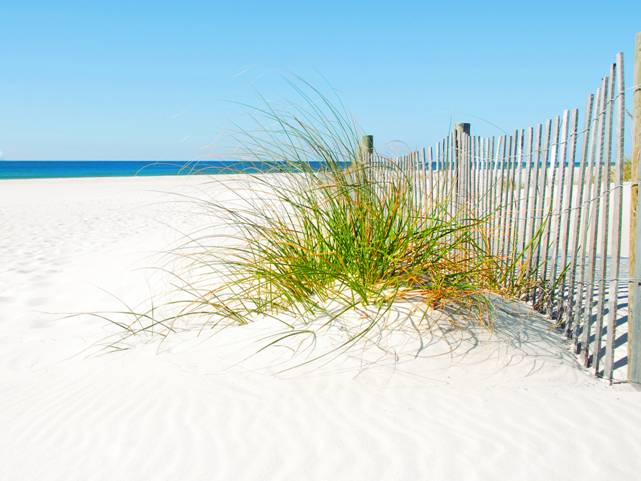
Salty Sam’s Fun Blog for Children
Number 528
The History of Hats
Hello Everyone
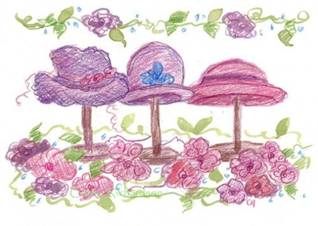
Whenever the monarch goes on a walk-about and meets little children, they are always asked why they are not wearing their crown.
When little children see a king or queen, they expect to see a crown on their head as a sign of their rank.
When little children draw a king or queen, the crown they draw is always a very important part of the outfit.
Whether you see a bishop wearing a mitre, or a doorman outside a plush hotel wearing a bowler hat, or a clown wearing a cone hat, you can understand who they are, or at least what job they do, because of what they have on their head.
A hat literally tops an outfit; it is the finishing touch.
Throughout history, a hat often denoted status and wealth.
Women would commonly wear a hat or some sort of dressings in their hair to complement their outfit right up until the early 1970s.
Poorer women would often wear shawls over their heads and shoulders, even indoors, to help keep them warm in winter.
lf women with wealth sat inside a big, draughty house, they may have worn a little cloth or lace cap to cover their head.
Nowadays, women will usually only wear a beautiful hat when they attend a function like a wedding.
Graduating students wear mortar boards.
You will also see weird and wonderful hat creations at the Royal Ascot Races.
Otherwise, both men and women mostly wear hats to keep their heads warm or protected. Check out the little lorry driver who was wearing a knitted beanie and the little builders who were wearing yellow hard hats on Blog Post 485.
You lose a lot of heat through your head, so it is well worth wearing a hat when the weather is cold.
Wearing a hat in the hot sun is a good idea too to protect your head, face and neck.
Sometimes, it is necessary for people to wear hats to protect their heads in case something falls on them. A fire fighter has a high ridge on their helmet to give extra protection to their head. lf a beam falls down from a roof, it is more likely to break apart if it hits a sharp ridge rather than a round surface.
lnside hard hats, there is a space between the top of the hat and the top of the head. Originally, these kinds of hats would have been made of steel but nowadays they are made of more modern materials like polyethylene. They are usually bright colours like yellow and you will often see people on building sites wearing them.
lf you see a policeman from a distance, especially on a dark evening or in the fog, the silhouette of his helmet is very easy to distinguish.
A surgeon would wear a cap to make sure that no hair could fall whilst they were performing an operation. A chef wears a tall hat that takes heat away from his head in a hot kitchen; it acts like a chimney. A jockey wears a hard hat with a peak in case he falls off the horse he is riding.
From the earliest of days, people wore headgear to help protect them from the cold. This would have been the same animal furs they used to make all their clothes and shoes.
The next step in hat evolution would have been the fashioning of metal to make helmets and the invention of a kind of felt made from wool from sheep or even horse hair. Felt can be moulded to make all manner of shapes.
Vikings famously had horns on their helmets.
Hats could have also been made out of woven straw and in hot countries they could have been made from palm or raffia leaves. These materials allow air to circulate around the head which helps to keep you cool. Mexicans famously wear hats with very large brims to keep the sun off their heads and shoulders as well. These hats are called sombreros; the Spanish word ‘sombra’ means shadow.
ln the earliest of times, warriors would have needed head protection in battle, but people like rulers and priests would have liked to wear tall headgear to denote their high status over other people.
We know what kinds of hats and head adornments Egyptians, Greeks, Phoenicians and Romans wore because from carvings and paintings of the time.
ln recent centuries, all sorts of different hats in different shapes made of different materials became popular with different groups of people.
Hats have crowns and brims, caps just cover the head but they may also have a peak.
lt wasn’t the fashion for women to wear hats until the late 1500s. Before that they would cover their heads with scarves or pieces of fabric. During the Second World War, women in factories took to binding headscarves around their heads to stop their hair getting caught in machinery.
People who have special skills to make hats are called milliners. lt became a distinctive profession from the 1700s.
Cavaliers wore enormous hats decorated with a huge flamboyant feather. They were loyal to the king during the Civil War in the early 1600s. Their clothes clearly showed their allegiance.
ln the 1700s, elaborate wigs were all the rage with the rich, but sometimes even they could be topped with a little hat – sometimes called a pork pie hat. The pork pie hat was also popular with Victorian town-dwellers and later in the 1960s, especially by a sub-culture group of people called the Mods.
For men in the 1700s, tricorne hats were widely worn. You will know these hats when you think about Dick Turpin or pirates. They had three ‘corners’.
The tall hat you associate with Puritan men was called the Sugar Loaf. A sugar loaf was a tall block of sugar that could be easily transported and delivered to households. The Sugar Loaf evolved into the top hat you will see Sherlock Holmes or Abraham Lincoln wearing.
Of course Sherlock Holmes is also known for wearing a deer stalker hat which was made from soft fabric, for more casual wear when he left the city in the television and film dramatizations of the stories of Conan Doyle.
Hats could often denote class.
ln Victorian times, a gentleman would wear a shiny, black top hat, a tradesman, gamekeeper or office worker would wear a bowler and a man who would be something like a factory worker or man who worked unloading ships in the docks would wear a flat cap. Bowler hats were first designed to be riding hats. Flat caps had been worn as early as the 1300s, and in Tudor Times all men except for the aristocracy had to wear a woollen cap on a Sunday or be fined. This enforcement was designed to help the wool trade.
This class distinction would continue into the 20th century.
Women wore large hats in Victorian Times and Edwardian Times. They had to be kept on by plunging enormous pins with a knob at the end into the hat and then the high hairstyle underneath. These hatpins could be used as weapons if a woman was approached by a shady-looking character on the street!
When women went to funerals or reading of a will, they would wear veils at the front of their black hats because they wanted to keep the faces of any newly-departed, still earth-bound spirits shielded away from them. People in those days would always wear black to funerals, and for a time of mourning afterwards.
From the late 1800s, cowboys in the Western United States have worn Stetsons to keep the hot sun off their heads. The hats are waterproof in the rain too. They were first made by John B. Stetson Company, hence their name.
Fedoras are felt hats with a crease in the centre of the top. They are now associated with furtive looking private detectives that hang around on street corners watching people or buildings while they stand under a street light on a rainy or foggy night.
These kind of hats got their name from the play in which one was first worn in 1882. The main character of the play was Princess Fedora Romanoff played by a very famous actress called Sarah Bernhardt. The hats became fashionable for women of the time, and became associated with women involved in the women’s rights movement.
But in the 1920s, Queen Victoria’s son Edward, Prince of Wales wore a fedora and from then on it has been thought of as a man’s hat.
You may know it as being worn by lndiana Jones.
Women in the 1920s and 1930s, had simple, short hairstyles and small, stylish hats to complement them.
Panama hats were shipped all over the world from Panama after being manufactured in nearby Ecuador. They were very popular from the late 1800s onwards. Pith helmets were worn by explorers in hot countries.
Straw boaters were popular with men as summer hats in Edwardian Times and into the 1930s.
King Edward Vll is credited to have made the homburg hat popular. The most famous wearers of the homburg after that were two British Prime Ministers called Antony Eden and Winston Churchill.
The trilby hat took over in popularity later on that century, especially in the 1960s. lt too took its name from a play in which it was worn. The story for the stage play was taken from a novel entitled Trilby.
A trilby was worn by James Bond in the early films.
What other kinds of hats can you think of?
lf you like wearing hats, there are many patterns for knitted ones on these blog posts.
Bye bye everyone – don’t forget to subscribe to my blog!
Love and kisses
Salty Sam

www.christina-sinclair.com
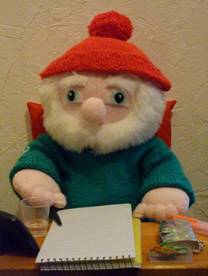

Bill and Bob’s Joke of the Week![]()
![]()
Bob: What did one hat say to the other hat?
Bill: l don’t know.
Bob: You stay here, and l’ll go on ahead.
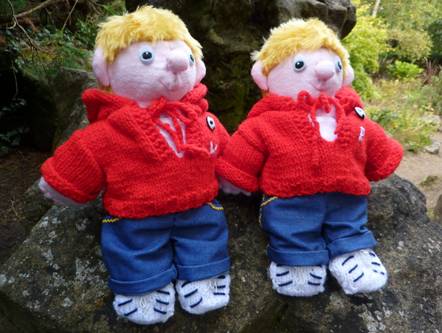
Salty Sam © Christina Sinclair 2015
Unauthorized use and/or duplication of material from this blog without express and written permission from this blog’s author and owner is strictly prohibited.
Links may be used to www.christina-sinclair.com

Picture Gallery
 An Egyptian headdress
An Egyptian headdress
 A Cavalier hat
A Cavalier hat
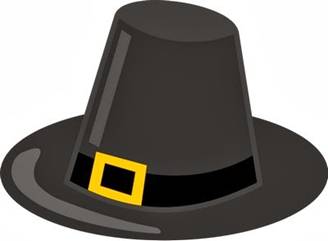 A Puritan Sugar Loaf hat
A Puritan Sugar Loaf hat
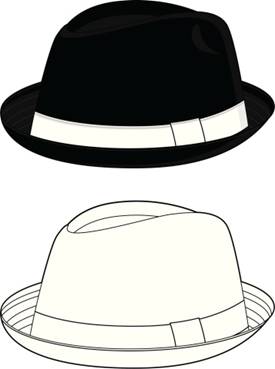 Pork pie hat
Pork pie hat
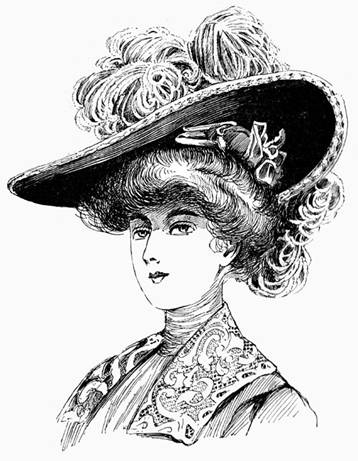 Edwardian lady
Edwardian lady
 Stetson
Stetson
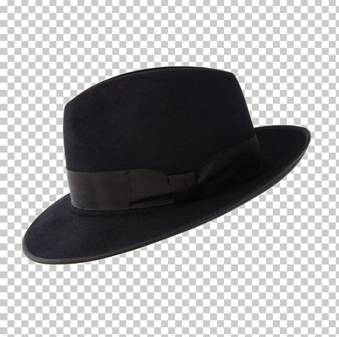 Fedora
Fedora
 Fedora
Fedora
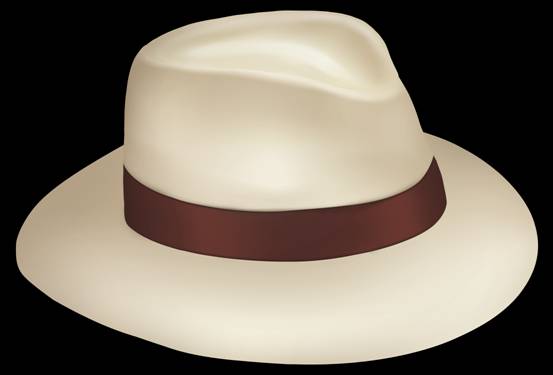 Panama
Panama
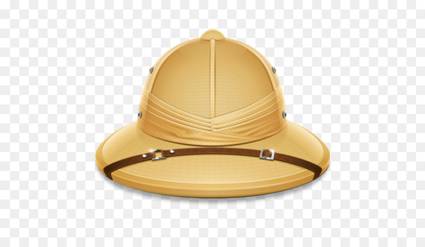 Pith helmet
Pith helmet
 Straw boater
Straw boater
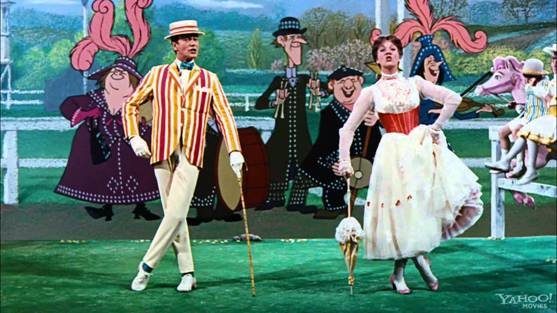 Straw boater
Straw boater
(Mary Poppins)
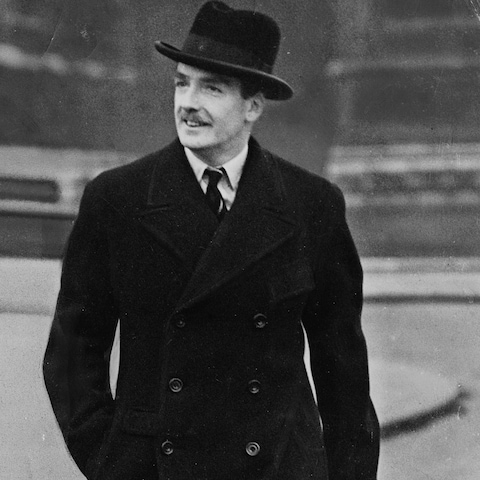 Prime Minister Anthony Eden in a homburg
Prime Minister Anthony Eden in a homburg
 Trilby
Trilby
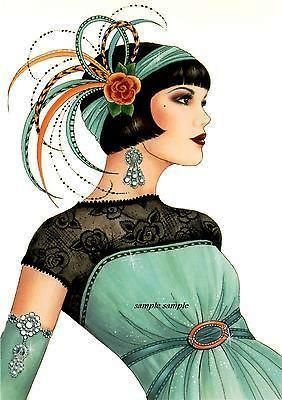 1920s headdress
1920s headdress
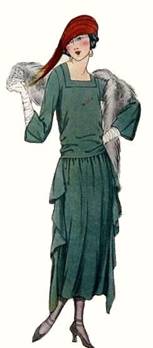 1920s
1920s
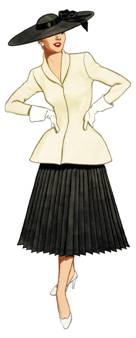 1950s
1950s
 1960s
1960s
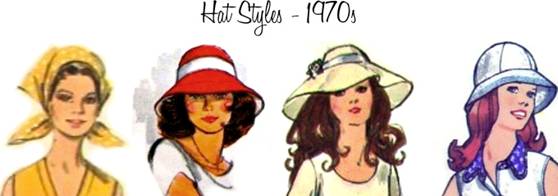
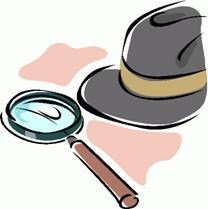
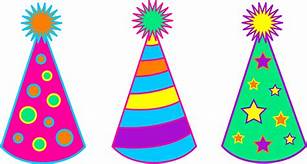 Party hats
Party hats


 THE SALTY SAM NEWS DESK
THE SALTY SAM NEWS DESK

This week, a new bee hive was set up in the Rocky Bay Community Orchard. The young man living with the vicar and his wife now, his name is Ray, has learnt how to look after bees from spending time with Auntie Alice in her garden. He has taken responsibility of looking after the hive and there are other volunteers who will help him out too.
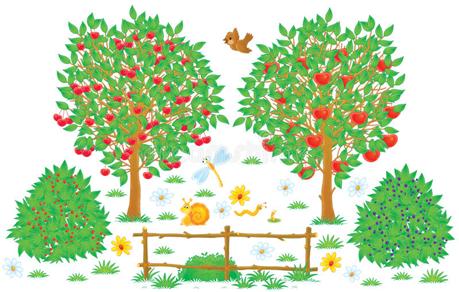
The vicar paid for the equipment Ray needed to get started. He needed a bee-keeper’s suit and various hive tools as well.
Auntie Alice has shown Ray how to keep record cards that he will use to record notes relating to his regular inspections of the hive.
She has even donated a swarm that flew out of one of her hives and landed in a hedge near her cottage.
She assured Ray that he had a good queen with a sweet temperament that produced baby bees with a good temperament and one day he will hopefully be able to set up another hive when the colony of bees in this hive splits again and thus increase his stock.
If he can watch out for signs of the old queen in the hive getting ready to move on he can be prepared to look out for a swarm flying off and capture that one to put in a newly prepared hive.

Auntie Alice was very happy to teach Ray about bee-keeping because the skill really needs to be passed on to younger people; and everyone needs bees! She will keep an eye on him and is always available to answer his questions so that he feels really supported.
The vicar found the funds to buy one hive and he thinks it won’t be to long before he will need to find the money for another one!
The blossom in the orchard at this time of year will provide plenty of food for the bees and they will help to supply all the volunteers in the orchard with fruit – and now honey as well!
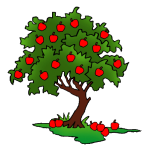
Do you know what these sayings mean?
- I take my hat off to him
- He wears many hats
- Keep it under your hat
- To pull it out of the hat
- To pass round the hat
- It is old hat
- At the drop of a hat
- To throw one’s hat in the ring
- He has a bee in his bonnet about it
- The jewel in the crown

*********************
TO ADVERTISE ON THIS BLOG
PLEASE CONTACT:
christina.sinclair.ads@aol.co.uk
*********************

 Quick Quiz
Quick Quiz
What are these hats called?
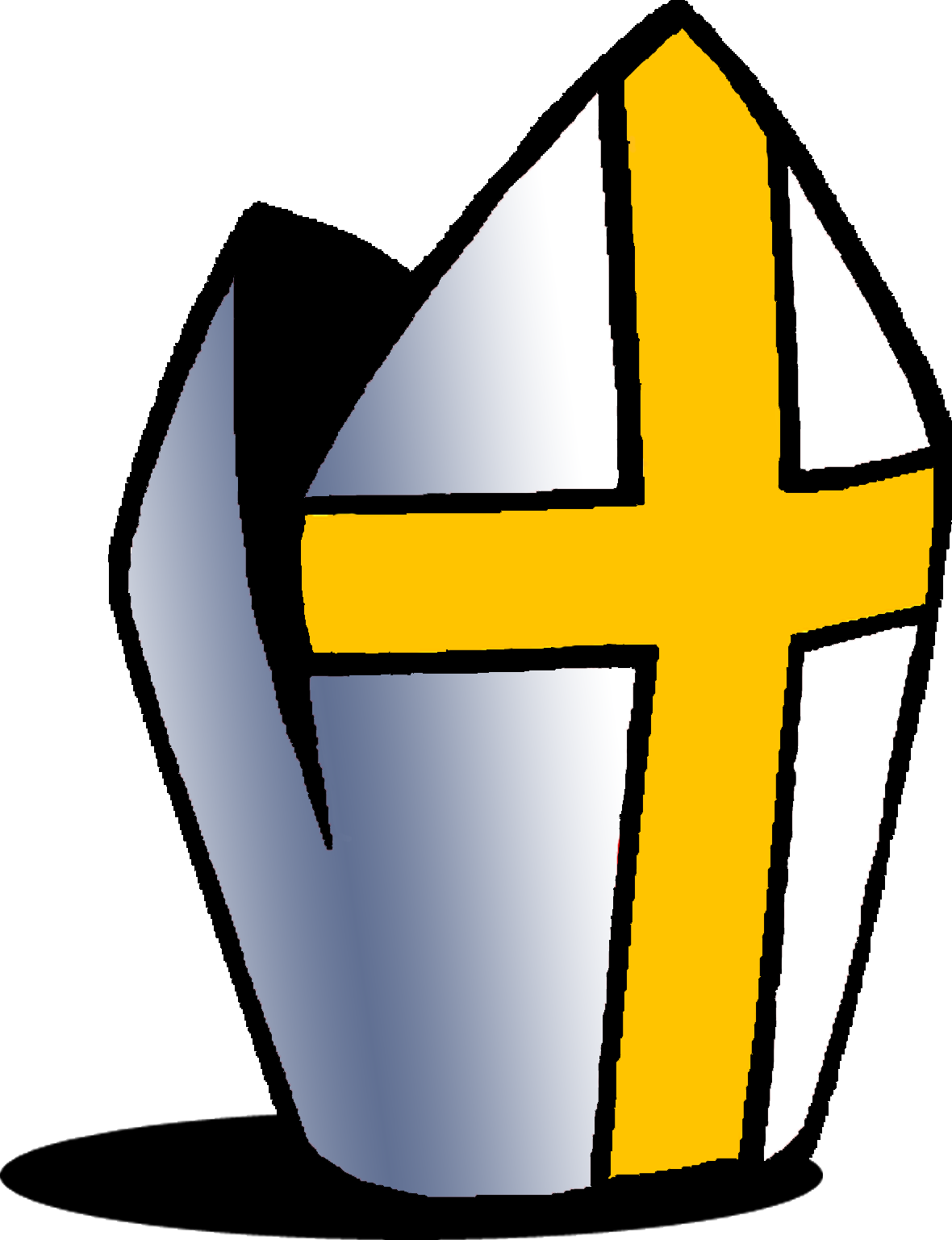
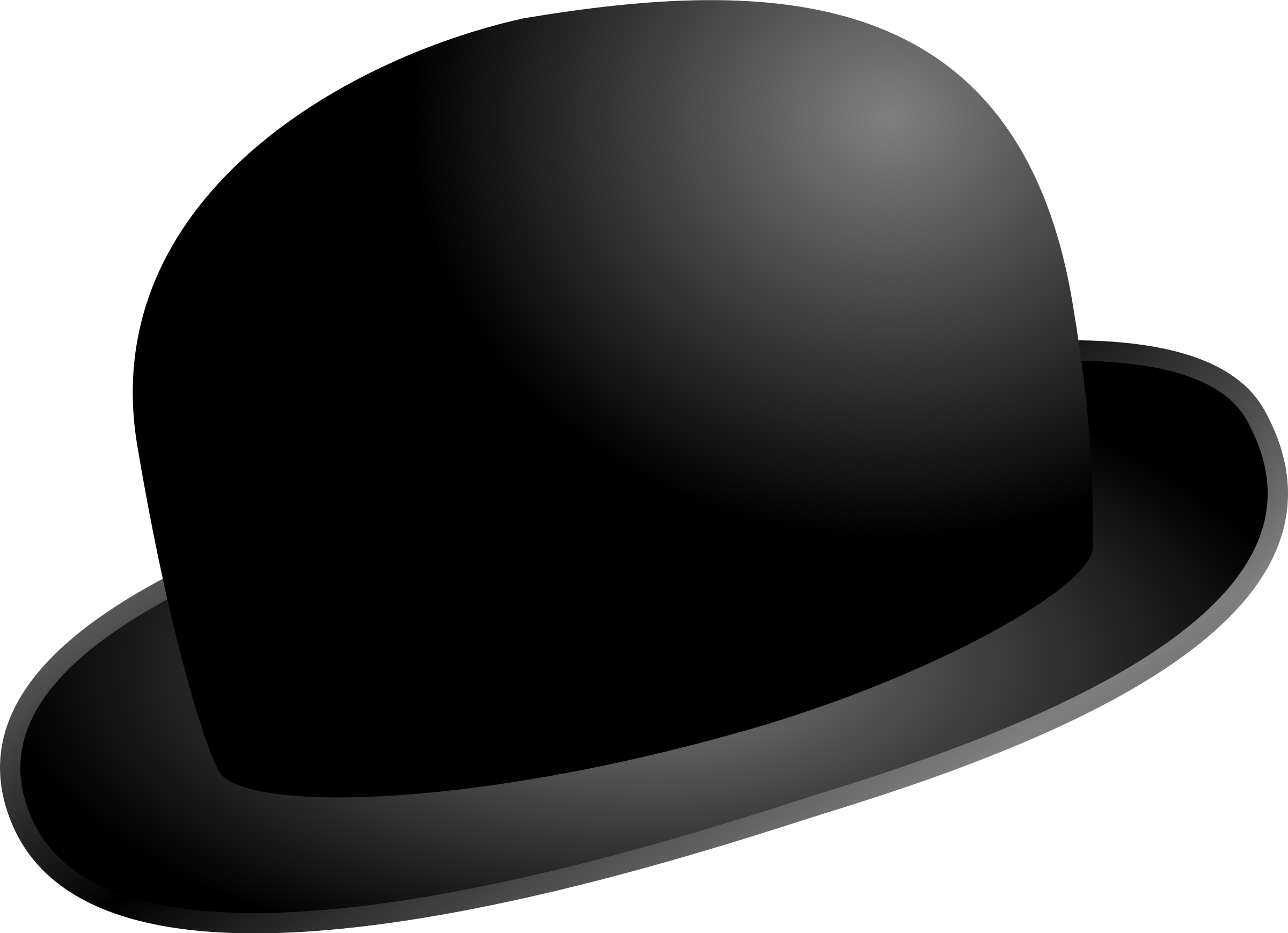

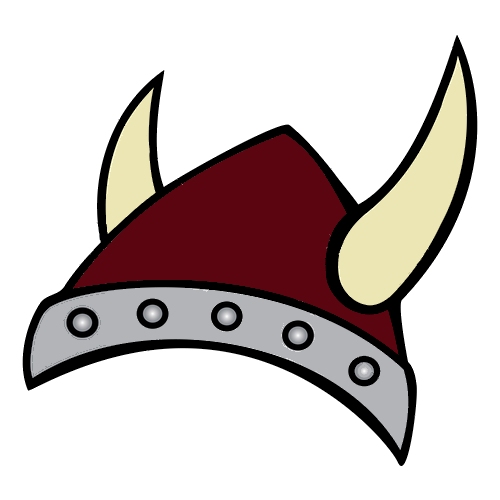

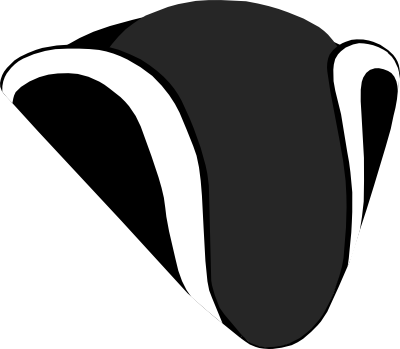
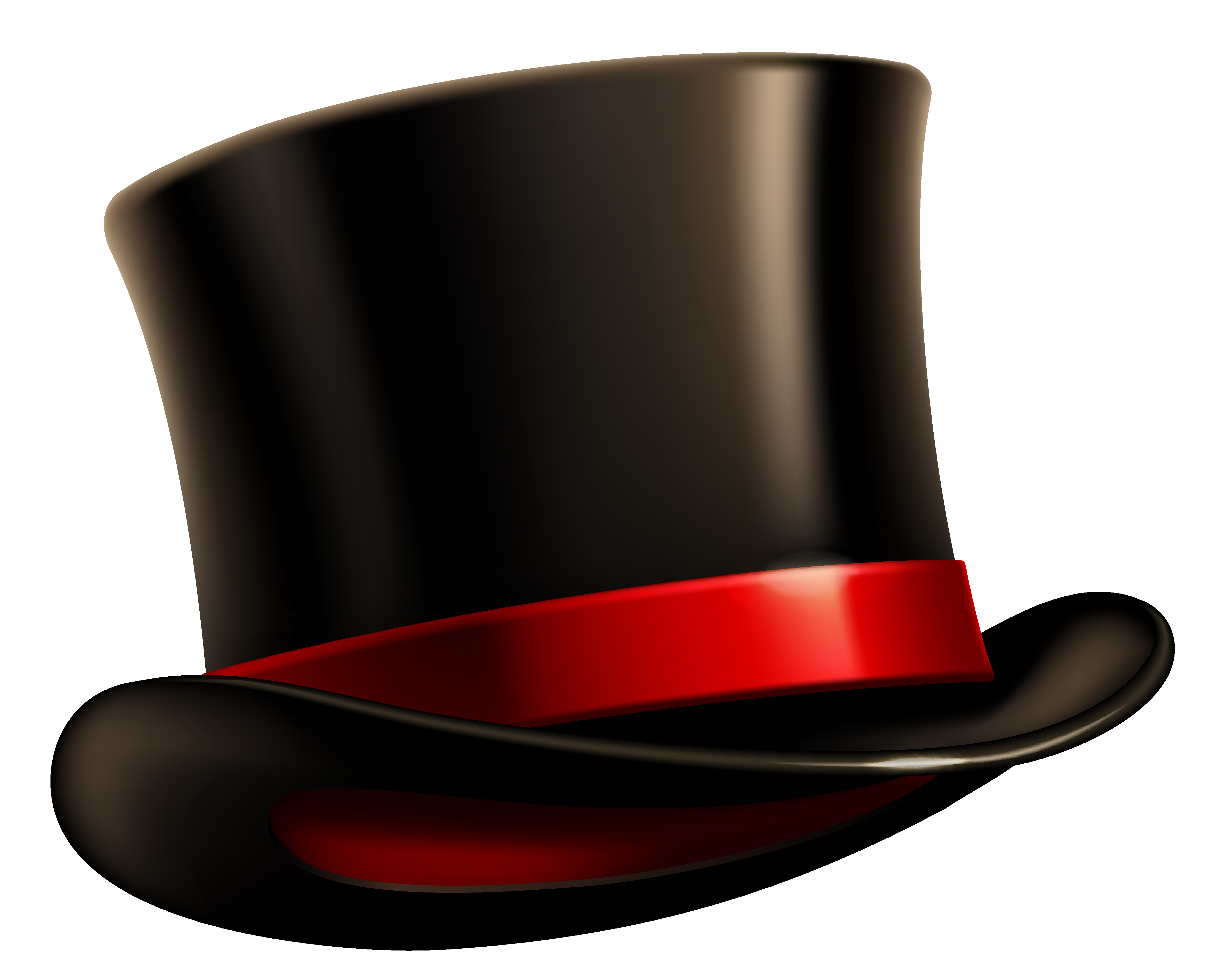
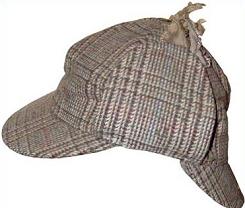
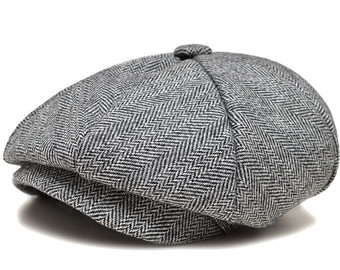
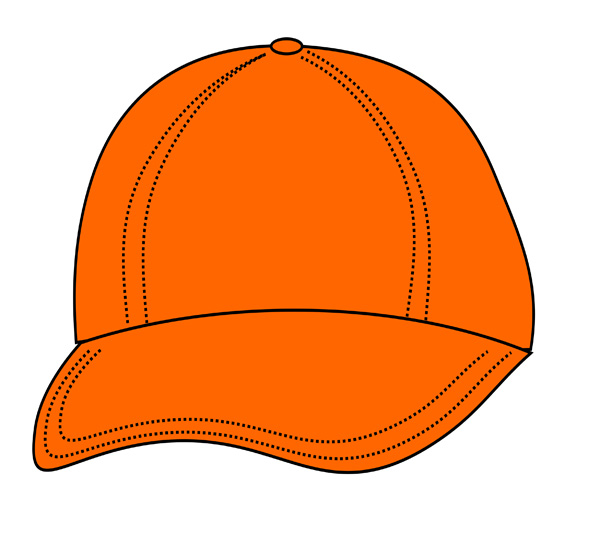
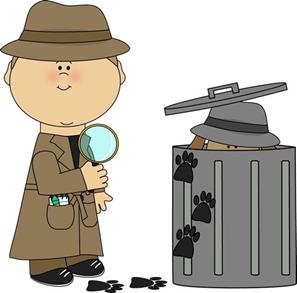



lt’s the Weekend!
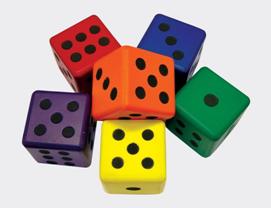
HOW TO MAKE COUNTlNG DlCE
When children have trouble with numbers they very often can’t imagine what the numbers look like.

If they are taught that 6 is a figure written like ‘6’ rather than a quantity like the number of hearts on this card, it may be difficult for them to visualize what the value of 6 really is.
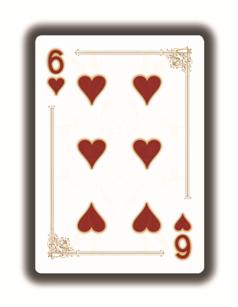
That is why playing games with cards, dominoes or dice can really help children to understand the true volume of a number.
Or you can make your own flash cards with numbers drawn onto them.
You can have fun adding up numbers by putting the ends of dominoes together.
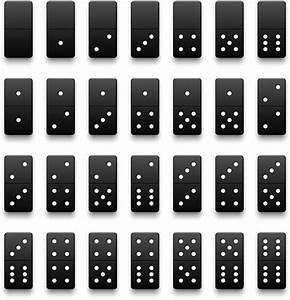
You can make your own set of dominoes out of pieces of card, if you don’t have any. Use this picture as a guide.
Make them as colourful as you like!
Or what about making your own dice?
You can make one die with numbers 1 to 6 on it and then another with 7 to 12 on it.
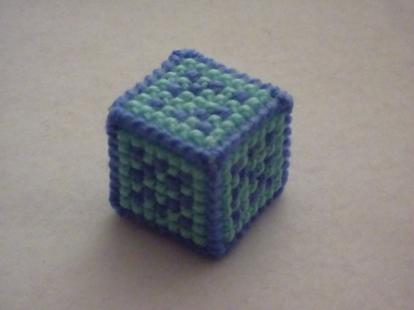
Throw the dice and add the two numbers showing on the tops together and see how fast you can get at it.
Or you could make lots of dice with small numbers on the facets of them to add lists of numbers up. You can make dice that look very different from those you can buy.
At the same time, you will be practising your sewing skills.
Mental arithmetic is a skill that will help you a lot for the rest of your life. Knowing which number is needed to match another to add up to ten is the most useful sum you can do if you want to add numbers up in your head. For example 3 matches with 7 and 1 matches with 9.

Check out the dice you can make on Blog Post 307 and the game you can play with them.
You can put up to 12 pips on a face of a die.
For each die you will need 6 pieces of plastic canvas 8 x 8 holes.
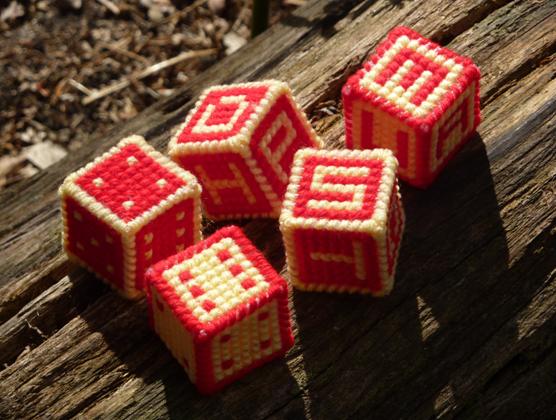
This is what a die will look like with numbers from 7 to 12 on the faces.
Cross stitch is used to make the pips and the background.
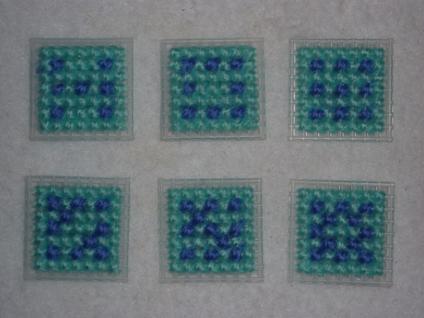
You could make as many dice as you like. The more you practise adding up the numbers you see on the tops of your dice as you throw them, the better you will get at maths.
The die is made with green and blue knitting yarn to match in with the yellow and red ones but you would find that the pips will show up better if you use colours like black and white or red and black, for example. Or you could make them with red and yellow yarn as well.
You don’t have to make a face with 11 pips and a face with 12 pips. You could repeat another number or numbers like 5 or 10.
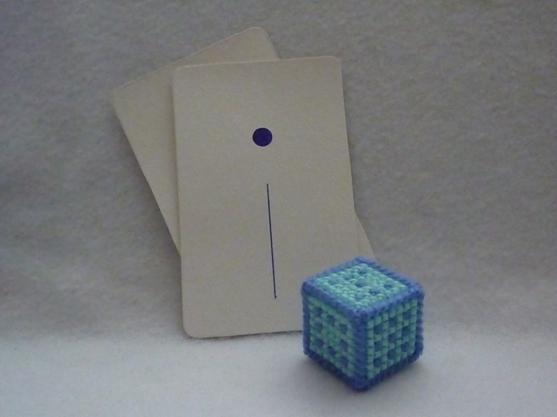
Please note that the material on this blog is for personal use and for use in classrooms only.
It is a copyright infringement and, therefore, illegal under international law to sell items made with these patterns.
Use of the toys and projects is at your own risk.
©Christina Sinclair Designs 2015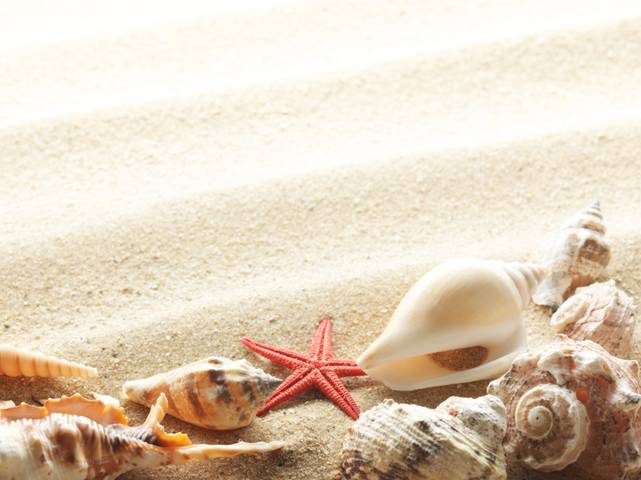

Answers to the News Desk Quiz
- l take my hat off to him – l admit that l admire him for what he has done
- He wears many hats – he takes on many roles or jobs
- Keep it under your hat – keep it a secret
- To pull it out of the hat – to make something a success
- To pass round the hat – to collect money
- lt is old hat – it is not in fashion anymore
- At the drop of a hat – to do something quickly and readily/eagerly
- To throw one’s hat in the ring – to take on a challenge
- He has a bee in his bonnet about it – it is his focus or something that irritates/annoys him
- The jewel in the crown – the best part of something
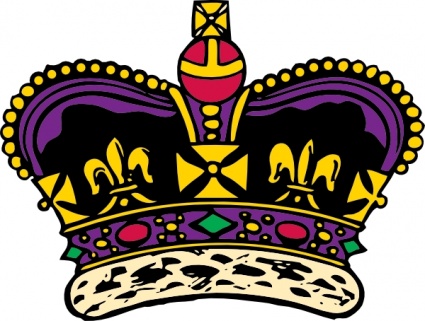


Quick Quiz Answers
- A bishop’s mitre
- A bowler
- A mortar board
- A Viking helmet
- A sombrero
- A tricorne hat
- A top hat
- A deerstalker
- A flat cap
- A baseball cap
Who do you think would wear these hats?
